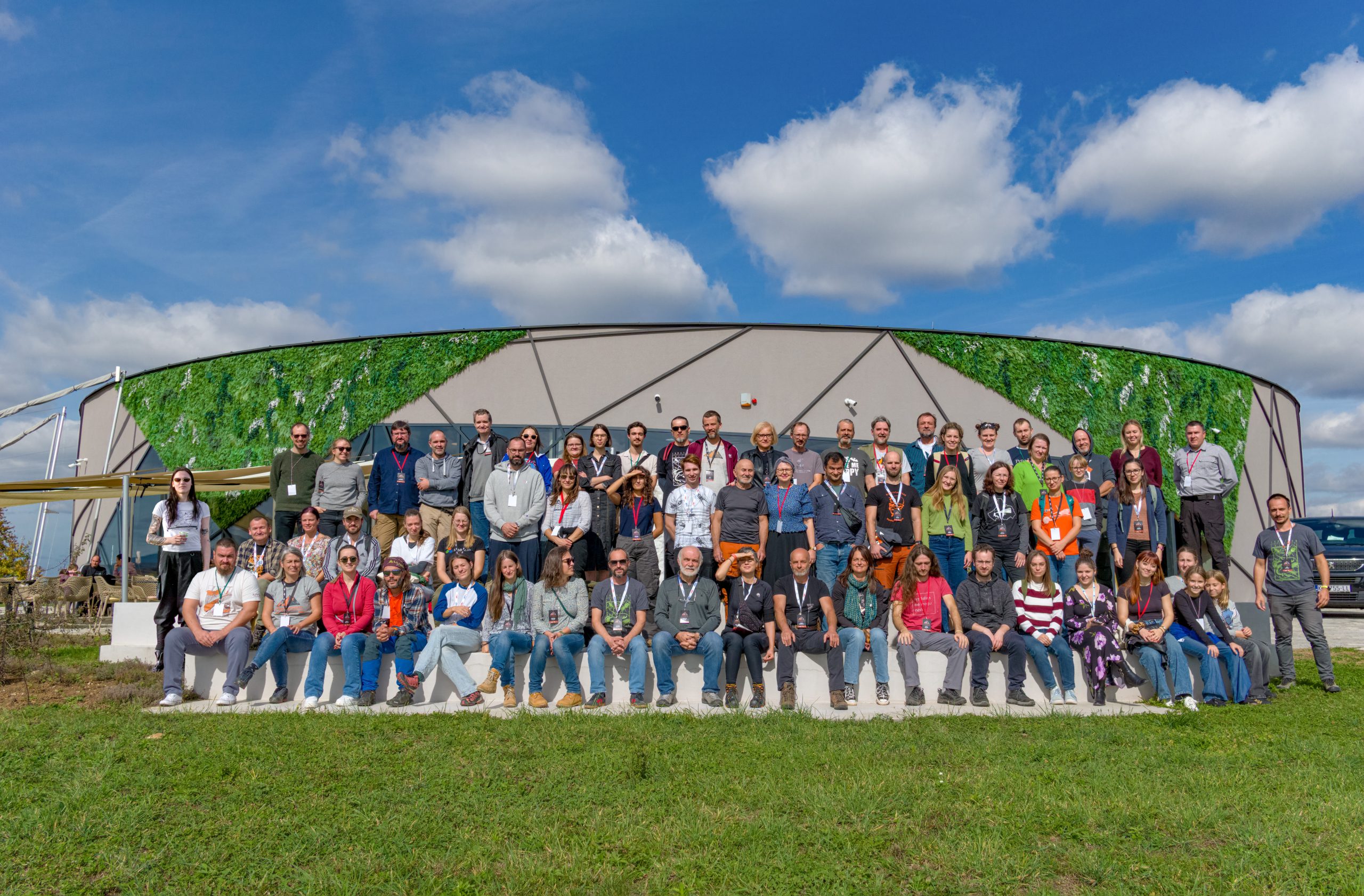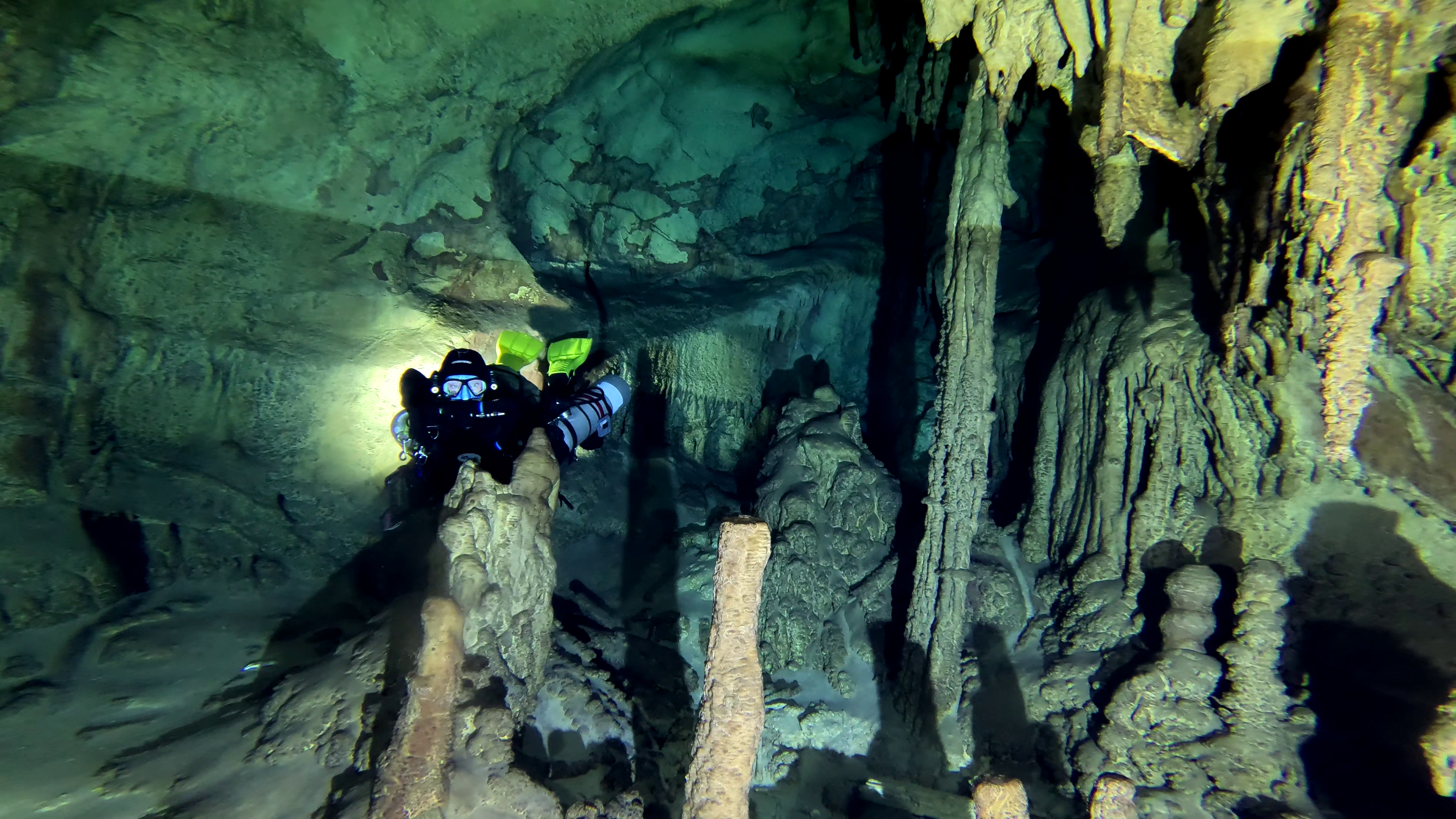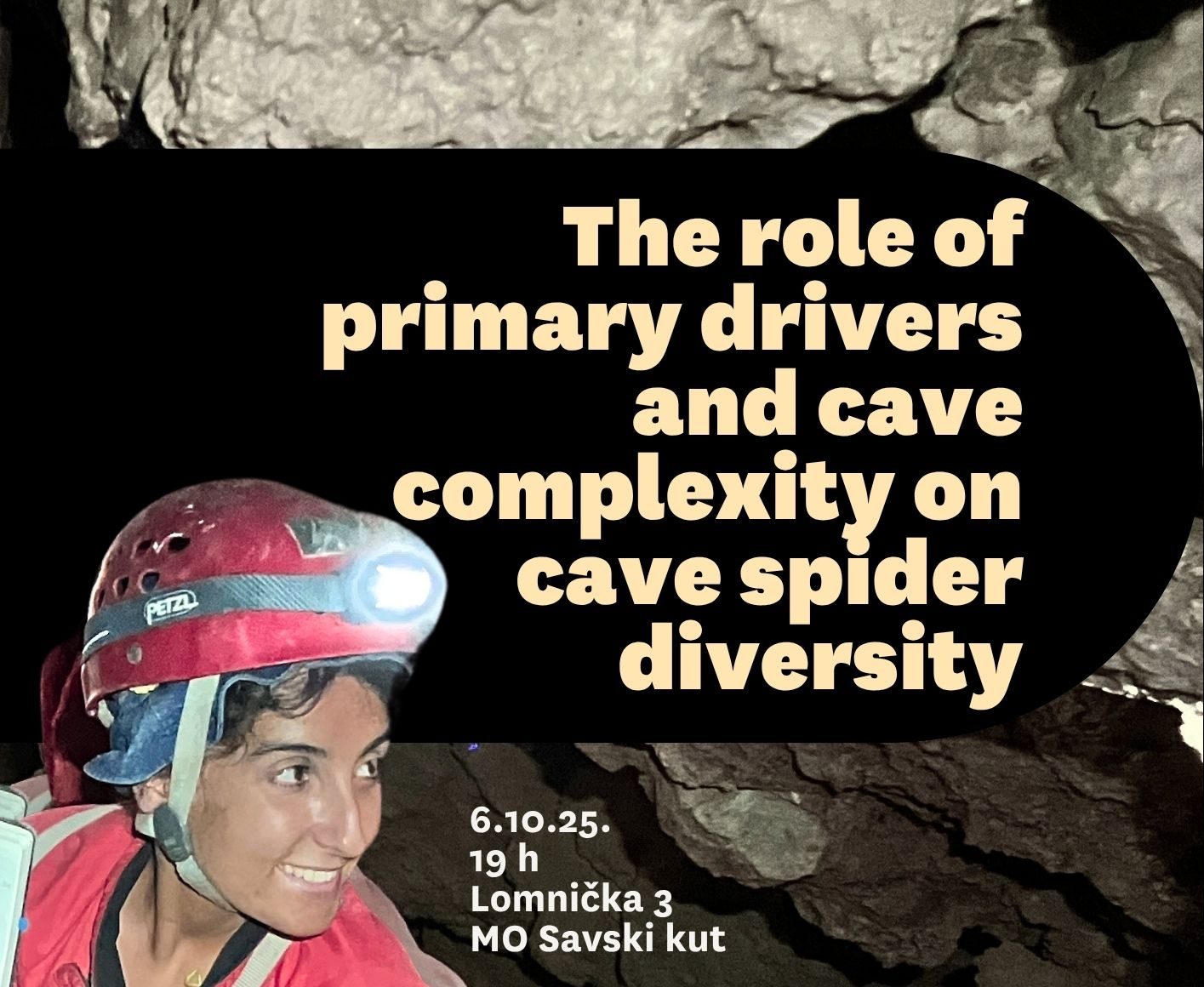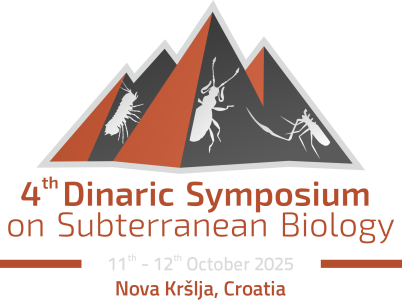How to find invisible isopods?
This winter, we were contacted by colleague Jessica Thomas Thrope from the Sanger Institute in the UK with a request to help her collect crustaceans from the Microcerberidae family. Anyone familiar with our methods knows that the CBSS is not a champion in sampling aquatic fauna, especially when they cannot be caught with tweezers.  And Microcerberidae are just such crustaceans. They live in interstitial waters (groundwater that fills the space between gravel and sand on beaches and riverbeds) and are tiny, up to 2 mm long. The bigger problem is that they are very thin and transparent, and very fragile. And Jessica needs to collect them alive. Challenge accepted!
And Microcerberidae are just such crustaceans. They live in interstitial waters (groundwater that fills the space between gravel and sand on beaches and riverbeds) and are tiny, up to 2 mm long. The bigger problem is that they are very thin and transparent, and very fragile. And Jessica needs to collect them alive. Challenge accepted!
After several months of planning, in early May 2025 we headed first to Romania, then after a field day in the vicinity of Zagreb, to Italy and France.
We are pleased with the (for us) unusual field research and the new methods we learned. And we hope that Jessica will be pleased with the genome sequencing results!
Thanks to Traian Brado, Marius Kenesz and Christoph Douady for the education and field assistance, and to granny Mira for letting us go to her well in Sesvete!
If you want to know how Microcerberidae look like, take a look at the photos.
- Karaman-Chapui method on the Crisul Repede River. (photo: J. Bedek)
- The sheep were curious, and the guard dog was alert. Luckily everything went well. 😃 (photo: J. Bedek)
- Sampling with a Bou-Roche pump. (photo: J. Bedek)
- Karaman-Chapui method in the Pestera de la Vadu Crisului cave. (photo: N. Kuharić)
- Microcerberus plesai. Small but not invisible. 😊 (Photographed with a mobile phone through the eyepiece of a stereomicroscope, photo: N. Kuharić)
- The water level was too high, but we were not sorry we came. The Adige River in Verona. (photo: J. Bedek)
- A slightly different habitat than the caves. The Plage de Brouis beach in La Croix-Valmer. (photo: J. Bedek)
- This time we set up the field lab a little more carefully. (photo: J. Bedek)
- Karaman-Chapui method on Plage du Racou beach. (photo: J. Bedek)














